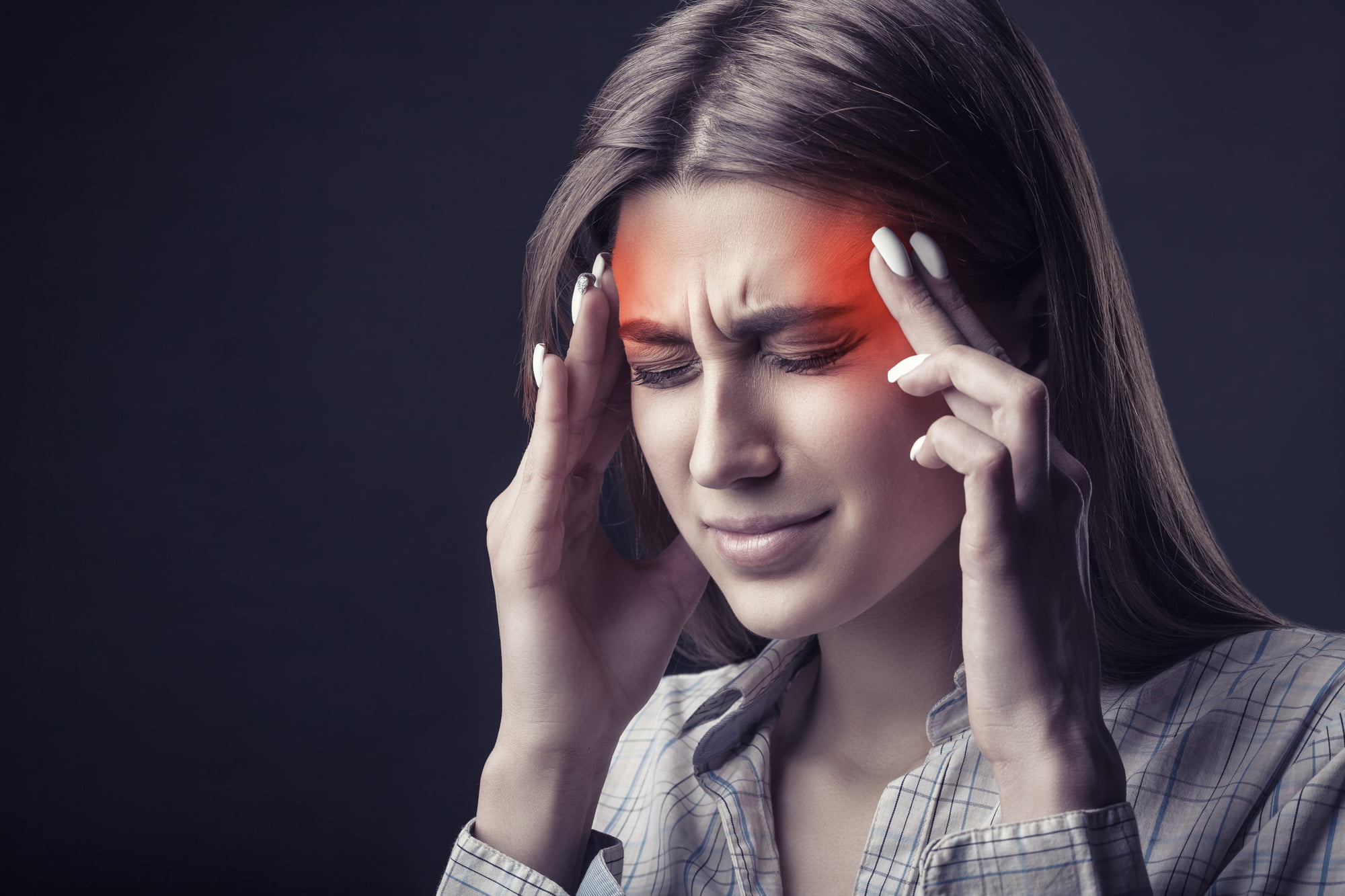According to the National Headache Foundation, 40 million Americans suffer from migraine.
Are you one of them suffering from migraines? Are you unsure of what migraines are or the types of migraines you may be experiencing? If so, this article is for you.
Exploring the different types of migraines may provide you with solace and understanding. Collectively, they can be treated effectively.
Read on to learn more about migraines, their symptoms, and what they look like. Let’s start!
Migraine With Aura
Migraines with aura are one of the most common types of migraines. About 20% to 30% of people with migraines experience aura.
Aura is a visual or sensory disturbance that usually precedes or is associated with a migraine headache. And it can last for a few minutes to an hour.
The most common type of aura is visual. Visual aura usually begins with a small, bright spot in your field of vision. The spot then enlarges over 10 to 20 minutes, and eventually, you may see colorful, wavy lines.
The visual disturbances can be so severe that you can’t see at all for a short time. Other types of aura include sensory (tingling, numbness), motor (weakness), and language (trouble speaking).
Hemiplegic Migraine
Hemiplegic migraine is a very rare and severe form of migraine that can cause temporary paralysis on one side of the body.
Symptoms of hemiplegic migraine can include nausea, vomiting, dizziness, headache, and paralysis on one side of the body. This type of migraine is often mistaken for a stroke. It is important to see a doctor if you experience any of these symptoms.
Chronic Migraines
Chronic migraines are headaches that last more than four hours and occur on more than 15 days per month. These headaches are often accompanied by other symptoms such as nausea, vomiting, and sensitivity to light and sound.
While the exact cause of chronic migraines is unknown, they are believed to result from a combination of genetic and environmental factors.
Treatment for chronic migraines typically includes a combination of medication, lifestyle changes, and stress management.
Cluster Headaches
Cluster headaches are a type of headache that recurs over some time. They are often described as a throbbing or piercing pain that is felt on one side of the head.
Cluster headaches typically last a few minutes to a few hours and can occur several times daily. These are most common in adults and are more likely to occur in men than women.
There is no known cure for cluster headaches, but there are treatments that can help to relieve the pain.
Ocular Migraine
Ocular migraine is a condition that affects the eyes. It is characterized by temporary blindness in one eye. These can last for a few minutes to a few hours. Other symptoms include seeing flashes of light or experiencing tunnel vision.
This is usually not serious, but it can be uncomfortable and disruptive. There is no cure for ocular migraine, but the condition can be managed with medication and lifestyle changes.
Vestibular Migraine
Vestibular migraine is a type of migraine that affects the vestibular system, which is responsible for balance and spatial orientation. The most common vestibular migraine symptom is vertigo, a sensation of spinning or whirling.
Other symptoms may include headache and loss of balance. It is also more common in women than men and is often triggered by stress, bright lights, or loud noises.
Treatment for Migraines
There are many treatments available for migraines, and the best one depends on the individual needs. Some common treatments include:
Over-The-Counter Pain Relievers
Over-the-counter pain relievers such as ibuprofen and acetaminophen can effectively relieve migraine pain. However, these medications do not work for everyone and may have side effects.
If these medications do not work, your doctor may prescribe a stronger medication. There are also a variety of non-medication treatments that can be effective, including relaxation techniques and massage.
If you still suffer from migraines, you can consider a migraine relief like Migra-T. It is an all-natural supplement that helps to reduce the frequency and intensity of migraines. It is a safe and effective way to get relief from migraines.
Antinausea Medications
Antinausea medications are often used to help relieve nausea and vomiting associated with migraines. These medications can be taken orally or injected. Some common antinausea medications include:
- Metoclopramide (Reglan)
- Prochlorperazine (Compazine)
- Promethazine (Phenergan)
These medications can effectively relieve migraine symptoms but may cause side effects such as drowsiness, dry mouth, and dizziness.
Anti-inflammatory Drugs
These drugs help to reduce the pain and inflammation associated with migraines. They are usually taken as a pill but can also be given as a shot or a cream.
Prevention of Migraines
There are a variety of things that can trigger a migraine, including stress, bright lights, and certain foods. To help prevent migraines, it is important to avoid triggers and to get regular exercise and enough sleep.
Additionally, a healthy diet is important for migraine prevention. Foods that are high in salt, sugar, and MSG can trigger migraines, so it is important to avoid these.
Several Types of Migraines That People Experience Today
The best way to find out what types of migraines you are experiencing is to track your symptoms and keep a headache diary. This allows you and your doctor to identify the causes of migraines and collaborate to treat them as soon as possible.
So, what are you waiting for? Talk to a doctor to determine which type you have and what treatment plan will work best for you today!
Did you find this article helpful? Check out the rest of our blogs!









